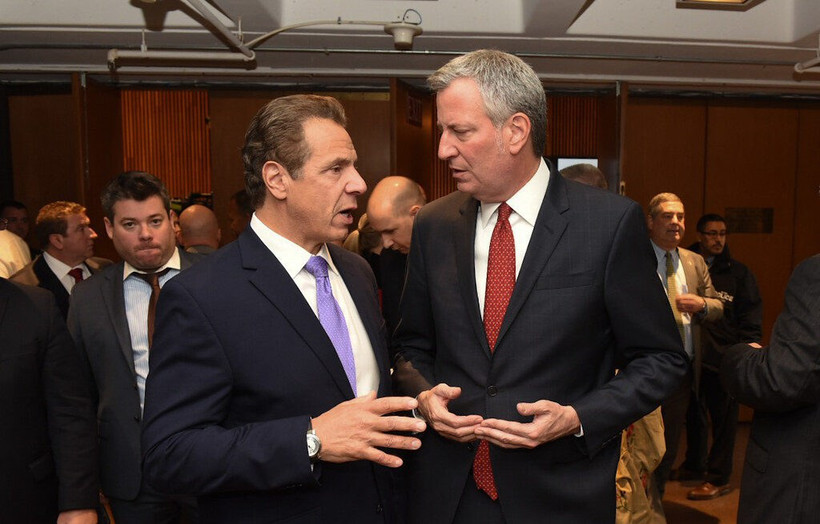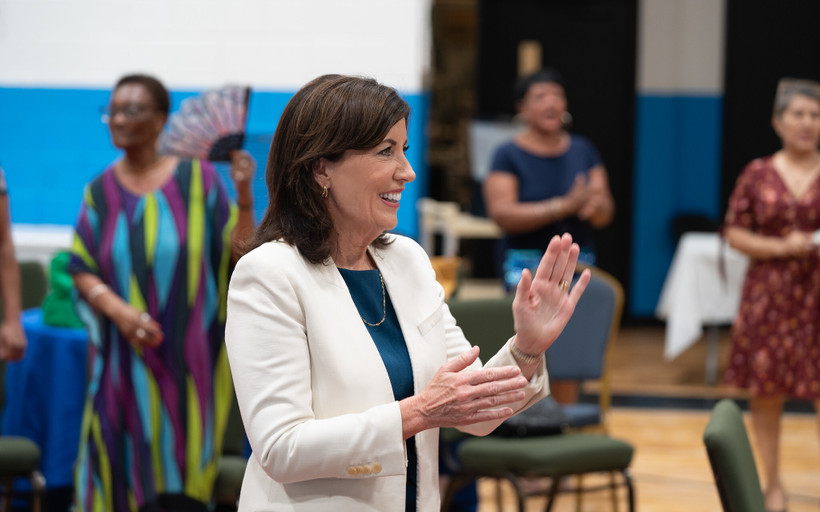Top state lawmakers oppose Cuomo’s push to override NYC’s landmark climate law
A new analysis finds that the governor’s proposal would “completely undermine” New York City’s climate law, setting the stage for a clash with the newly emboldened legislature.


Before Kathy Hochul paused it, the tolling program lost the little labor support it had when the Transport Workers Union withdrew its backing this spring.
More counties are turning to private corporations to run medical care in jails. The companies have deadly track records.
Rebecca Lamorte was let go by her employer in June, prompting the Assembly Speaker to place an upset call to her boss.
No state pursues workers for overpaid unemployment benefits as aggressively as New York. A proposed reform is colliding with New York’s own repayment problem.
A quarter of lawmakers in Albany are landlords. Almost none of them are covered by the most significant tenant protection law in years.
It’s the first step New York has taken to address its housing shortage in years — but tenant groups are fuming and real estate wants more.
After the governor declined to answer questions, a New York Focus reporter was ejected from her event.
The constant gridlock is a major drag on Manhattan’s businesses, and source of frustration for commuters. And it’s never been so bad.
Lawsuits had threatened to kill congestion pricing. Now, it might take a lawsuit to save it.
As the state has backpedaled on congestion pricing, it has made no progress on nearly half of its other transit-related climate goals.
The state is blowing past key milestones on the way to its big emissions targets.
As climate disasters threaten a home insurance crisis, a new state bill aims at the problem’s root.



